Navratri is more than just a festival—it’s a nine-day spiritual journey celebrated with devotion, color, and joy. Whether you’re fasting, dancing the night away at Garba and Dandiya-raas, or offering prayers to the nine divine forms of Goddess Durga, Navratri is a time for reflection, rejuvenation, and celebration. This guide will take you through the meaning of Navratri, dates, regional celebrations, fasting tips, rituals, fashion trends, and much more.
What is Navratri? The Spiritual Significance and Origins
Navratri is derived from the Sanskrit words Nav (nine) and Ratri (nights). During these nine days, devotees worship the nine forms of Goddess Durga, invoking divine blessings for prosperity, health, and success. Navratri 2024 will be observed from October 3 to October 12, coinciding with the beginning of autumn, a time for renewal and spiritual cleansing.
Navratri 2024 Dates and Festival Calendar
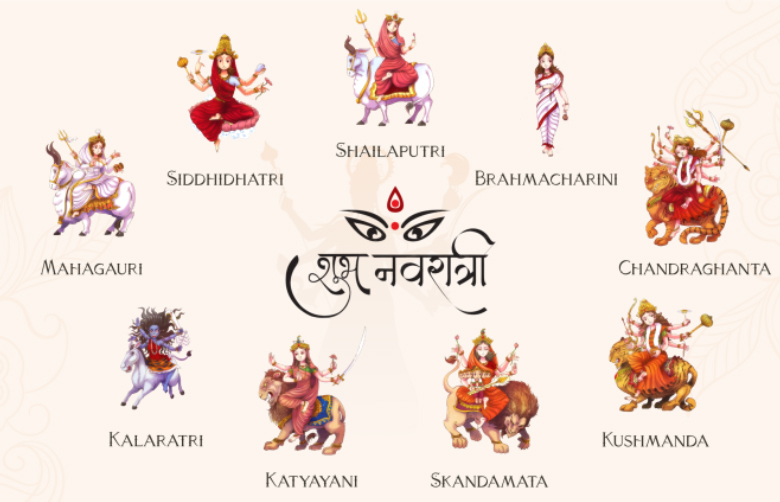
The Sharad Navratri 2024 dates are as follows:
| Day 1 (October 3): | Pratipada – Dedicated to Goddess Shailaputri |
| Day 2 (October 4): | Dwitiya – Worship of Goddess Skandamata |
| Day 3 (October 5): | Tritiya – Devoted to Goddess Chandraghanta |
| Day 4 (October 6): | Chaturthi – Honoring Goddess Kushmanda |
| Day 5 (October 7): | Panchami – Worship of Goddess Brahmacharini |
| Day 6 (October 8): | Shashthi – Devoted to Goddess Katyayani |
| Day 7 (October 9): | Saptami – Honoring Goddess Kalaratri |
| Day 8 (October 10): | Ashtami – Celebrating Goddess Mahagauri |
| Day 9 (October 11): | Navami – Worship of Goddess Siddhidatri |
| Day 10 (October 12): | Vijayadashami or Dussehra |
How is Navratri Celebrated? Rituals and Traditions Across India
Navratri is celebrated across India, but the ways it’s observed differ by region:
- In Gujarat: Nights are filled with the vibrant energy of Garba and Dandiya dances, where men and women dress in traditional outfits and dance in circles with clapping hands or sticks.
- In West Bengal: Durga Puja is the main focus, with grand pandals, processions, and statues of Goddess Durga. The last day, Vijayadashami, sees the immersion of the idols in water, symbolizing the goddess returning to her heavenly abode.
- In Tamil Nadu: People celebrate Bommai Golu, where dolls are arranged in an artistic display, depicting scenes from Hindu mythology.
- In Karnataka and Maharashtra: Navratri is associated with Dussehra, where processions, dances, and fairs take place, celebrating Lord Rama’s victory over Ravana.
While the cultural expressions may differ, the central theme remains the same: devotion to Goddess Durga, prayer, and fasting.
The Nine Days of Navratri: Goddess Worship, Colors, and Daily Significance
Each day of Navratri is dedicated to a specific goddess, and devotees perform Navratri puja, offer bhog, and chant Navratri mantras. Temples are adorned with lights and flowers, and spiritual activities like Havan (fire offerings) take place.
Here’s a quick guide:
Day 1: Goddess Shailaputri (Yellow)
– Represents strength and stability. The color yellow signifies positivity and warmth.
Day 2: Goddess Skandamata (Green)
– Associated with growth and tranquility.
Day 3: Goddess Chandraghanta (Grey)
– Symbolizes bravery and courage.
Day 4: Goddess Kushmanda (Orange)
– Linked to the creation of the universe, orange symbolizes enthusiasm.
Day 5: Goddess Brahmacharini (White)
– White represents purity and serenity.
Day 6: Goddess Katyayani (Red)
– Red signifies courage and boldness.
Day 7: Goddess Kalaratri (Blue)
– Blue represents strength and protection from evil.
Day 8: Goddess Mahagauri (Pink)
– The color of love, beauty, and compassion.
Day 9: Goddess Siddhidatri (Purple)
– Symbolizing ambition and spiritual power.
Devotees dress in these colors during the nine days of Navratri to honor the goddess associated with each day.
How to Prepare for Navratri 2024: Fasting, Puja, and Decorations

Planning for Navratri involves spiritual and physical preparations. Navratri fasting is a common practice, where many abstain from grains, meats, and alcohol, and consume only fruits and other Navratri vrat recipes. Devotees also perform daily pujas using flowers, diyas, and incense sticks.
Navratri home decoration ideas include vibrant rangolis, floral garlands, and hanging torans. Creating a serene atmosphere for the Goddess Durga puja at home enhances the festive vibe.
For Navratri Puja, the altar (also known as puja sthal) is a sacred space that should be well-prepared with specific items to honor Goddess Durga and perform the rituals properly. Here is a list of all the essential items to keep at the altar for Navratri Puja:
1. Idol or Image of Goddess Durga
- Place a clean and well-decorated idol or picture of Goddess Durga on the altar. You can also keep images of her nine forms (Navadurga), representing each day of the festival.
2. Kalash (Sacred Pot)
- A Kalash or Ghata is a must for Ghatasthapana (invoking the goddess at home). It is usually a copper or brass pot filled with water, mango leaves, and topped with a coconut wrapped in red cloth. This symbolizes auspiciousness and the presence of the divine.
3. 9 Mukhi Rudraksha (Devi Durga)
- A 9 Mukhi Rudraksha symbolizes Devi Durga, representing strength, power, and protection. It is believed to protect the devotee from evil and invoke divine blessings. Place this sacred bead on the altar to honor Goddess Durga’s energy.
4. 18 Mukhi Rudraksha (Devi Bhoomi)
- An 18 Mukhi Rudraksha is associated with Devi Bhoomi (Mother Earth) and symbolizes stability, prosperity, and protection. This Rudraksha is especially auspicious for receiving blessings related to material wealth and well-being. Place it on the altar to honor the nurturing energy of mother earth (matra bhoomi).
5. Durga Chalisa or Sacred Text
- Keep a copy of Durga Chalisa, Durga Saptashati, or other sacred texts like Devi Mahatmya or Navratri Aarti near the altar for daily recitation.
6. Incense, Dhoop, and Camphor
- Incense sticks (Agarbatti), dhoop, and camphor (kapoor) are used to purify the space and invoke divine energy. These should be lit during the aarti and at various times during the day.
7. Diyas (Oil Lamps) – Akhand Jyot
- Place one or more earthen or brass diyas at the altar, filled with ghee or oil. The diya represents divine light and is lit during morning and evening aarti. The Akhand Jyot is lit with keeping a purpose in mind or Sankalp and must be lit for all 10 days without letting it burn out.
8. Flowers and Garlands
- Fresh flowers like marigolds, roses, or lotus are used to offer to the goddess. Flower garlands can be used to decorate the altar and the idol. Avoid flowers like white lilies or those considered inauspicious.
9. Fruits and Sweets
- Keep fresh fruits (such as bananas, apples, or pomegranates) as offerings (prasad). Traditional sweets like ladoos, kheer, or halwa can also be placed on the altar as part of the prasad to offer to the goddess.
10. Kumkum, Haldi, Chandan, and Sindoor
- Keep a small tray with kumkum (vermillion), haldi (turmeric powder), chandan (sandalwood paste), and sindoor for offering during the puja. These items are used to adorn the idol or picture of Goddess Durga.
11. Panchamrit
- A mixture of milk, curd, ghee, honey, and sugar (Panchamrit) can be used to bathe the goddess’s idol during the puja (abhishek). This is an important ritual to symbolize purification.
12. Holy Water (Ganga Jal)
- A small container of Ganga Jal (holy water from the river Ganges) is used to purify the space and the altar before beginning the puja. You can sprinkle it around the altar and on the offerings.
13. Red Cloth (Chunri)
- A red chunri (scarf or cloth) is draped over the idol or placed on the kalash. Red is considered the color of the goddess and symbolizes power, strength, and fertility.
14. Coconut
- A coconut, often wrapped in a red cloth, is placed on top of the kalash or separately at the altar as a symbol of fertility, purity, and divine blessing.
15. Navratri Grains (Barley or Wheat)
- Barley seeds (jowar) or wheat grains are often sown in a small pot at the altar as a symbol of prosperity. These grains are nurtured throughout the nine days, and their growth signifies blessings for the household.
16. Betel Leaves and Betel Nuts
- Betel leaves (paan) and betel nuts (supari) are considered auspicious and are offered to the goddess along with other offerings.
17. Coins and Dakshina
- Place some coins (usually gold, silver or copper) and offer dakshina (money) as a mark of gratitude. These can be kept near the kalash or the goddess’s idol.
18. Navratri Bhog (Food Offerings)
- Along with fruits and sweets, you can prepare and offer Navratri bhog like sabudana khichdi, kuttu ki poori, or vrat-friendly dishes like makhana kheer.
19. Bell (Ghanti)
- A small bell or ghanti is used during the aarti to invoke the goddess. The sound of the bell is considered auspicious and helps focus the mind during prayer.
20. Sacred Thread (Kalava or Mauli)
- Keep a sacred red thread (mauli) to tie around your wrist or to offer as part of the puja ritual. It is tied on the wrist of family members to invoke blessings and protection.
21. Conch Shell (Shankh)
- A conch shell is often blown before the aarti to purify the atmosphere and symbolize the beginning of the ritual.
Arranging the Navratri Altar
- Step 1: Clean and purify the space where the altar will be set up.
- Step 2: Place the idol or image of Goddess Durga in the center of the altar.
- Step 3: Set the kalash (with water, mango leaves, and a coconut) next to the idol.
- Step 4: Arrange the flowers, incense, and lamps around the idol.
- Step 5: Keep fruits, sweets, and other food offerings on a clean plate at the altar.
- Step 6: Light the diya, incense sticks, and begin the Navratri puja with mantras and aarti.
By setting up the altar with these essential items, you can perform a complete and spiritually uplifting Navratri puja and invoke the blessings of Goddess Durga for health, prosperity, and success.
Mantras for Devi Worship During Navratri
Mantras are positive vibrations and are believed to be a way of connecting with the divine energy of Goddess Durga and her various forms. Chanting these sacred mantras with devotion can invoke her protection, strength, and grace. Below are some of the most powerful and commonly recited mantras during Navratri:
1. Ya Devi Sarvabhuteshu Mantra
This mantra honors Goddess Durga’s presence in all living beings in the form of shakti (energy, strength). It is one of the most revered mantras during Navratri.
Mantra:
“Ya Devi Sarvabhuteshu Shakti Rupen Sansthita,
Namastasyai Namastasyai Namastasyai Namo Namah”
Meaning:
“Salutations to the Goddess who resides in all beings in the form of power and strength. I bow to her again and again.”
This mantra is repeated in various forms, where “Shakti Rupen” can be replaced with other attributes like Buddhi Rupen (intellect), Lakshmi Rupen (prosperity), or Daya Rupen (compassion), to invoke different blessings of the goddess.
2. Durga Mantra for Protection
This mantra is chanted to seek protection and the removal of obstacles. It is simple but powerful, calling out to Goddess Durga for her divine shield.
Mantra:
“Om Dum Durgayei Namaha”
Meaning:
“Salutations to Goddess Durga, who protects us from all harms and grants us strength and courage.”
3. Durga Gayatri Mantra
The Durga Gayatri mantra invokes the blessings of the goddess for protection, courage, and wisdom.
Mantra:
“Om Katyayanaya Vidmahe
Kanyakumarim Dhimahi
Tanno Durgih Prachodayat”
Meaning:
“We meditate on the daughter of sage Katyayan, who is a young virgin. May the Goddess Durga inspire and guide our intellect.”
4. Navarna Mantra (Most Powerful Navratri Mantra)
The Navarna Mantra is considered one of the most powerful mantras to chant during Navratri, as it invokes the combined energy of the three goddesses Mahakali, Mahalakshmi, and Mahasaraswati.
Mantra:
“Om Aim Hreem Kleem Chamundaye Vichche”
Meaning:
“I bow to the supreme Goddess Durga, who is the essence of the three goddesses – Saraswati (Aim), Lakshmi (Hreem), and Kali (Kleem). May she protect and bless me.”
5. Mahishasura Mardini Stotra
This is a longer mantra praising Goddess Durga’s victory over the buffalo demon Mahishasura. It is traditionally recited during Navratri to remind devotees of the triumph of good over evil.
Mantra (Opening Verse):
“Ayi Giri-Nandini Nandita-Medini Vishva-Vinodini Nandi-Nute
Giri-Vara-Vindhya-Shirodhini Vaijayanti Lalita-Amala-Shyama-Late”
Meaning:
“Salutations to the Daughter of the Mountain, who delights the earth and brings joy to the universe. She who is worshipped by Lord Shiva and adorns the highest mountains, holding victory in her hands.”
6. Devi Kavacham (Durga Kavach)
The Durga Kavach is a protective shield and is recited for personal and family protection from negativity and harm. It is a part of the Devi Mahatmya and can be recited as part of the Navratri puja.
Mantra (Opening Verse):
“Om Sarva-Mangala-Maangalye Shive Sarvaartha-Saadhike
Sharanye Tryambake Gauri Naaraayanni Namostute”
Meaning:
“Salutations to the Goddess who is the source of all auspiciousness, who fulfills all objectives, who is the refuge of all, and who has three eyes (representing power, action, and knowledge).”
7. Ya Devi Mangala Kaali Mantra
This powerful mantra invokes Goddess Durga in her fierce forms—Mangala Kaali, Bhadra Kaali, and Kapalini. These aspects of the goddess represent protection, destruction of evil, and purification of negative forces.
Mantra:
“Ya Devi Mangala Kaali, Bhadra Kaali Kapalini
Durga Kshama Shiva Dhatri, Swaha Swadha Namostute”
Meaning:
“Salutations to the Goddess who is Mangala Kaali (the auspicious destroyer of evil), Bhadra Kaali (the benevolent protector), Kapalini (the wielder of the skull). She is Durga (the invincible), Kshama (forgiveness), and Dhatri (the supporter). I bow to her who receives all offerings (Swaha and Swadha).”
How to Chant the Mantras During Navratri Puja
- Morning and Evening: Recite the mantras twice daily, preferably during morning and evening aarti.
- Number of Repetitions: Chant the mantras in counts of 9, 21, or 108 repetitions for maximum spiritual benefit.
- Focus and Devotion: Sit in a calm and quiet place, focusing your mind on the image of Goddess Durga or her yantra. Chant with full devotion and intention.
- Use of Mala (Rosary): You can use a Rudraksha mala or Tulsi mala to keep track of your mantra repetitions, enhancing focus and concentration.
Benefits of Chanting Navratri Mantras
- Invokes divine blessings of strength, courage, and wisdom.
- Protects against negativity and obstacles in life.
- Cleanses the mind and heart, promoting inner peace.
- Increases focus and devotion during the Navratri fasting and prayers.
- Enhances spiritual growth and helps connect with the cosmic energy of the universe.
By incorporating these mantras into your Navratri puja rituals, you invite the divine energies of Goddess Durga and her many forms into your life, seeking her blessings for health, happiness, and spiritual upliftment.
Navratri Recipes: Fasting-Friendly Meals to Keep You Energized
During Navratri fasting, specific foods like kuttu flour, singhare ka atta, and sabudana are consumed. Here are 9 mouth-watering Navratri vrat recipes to try:
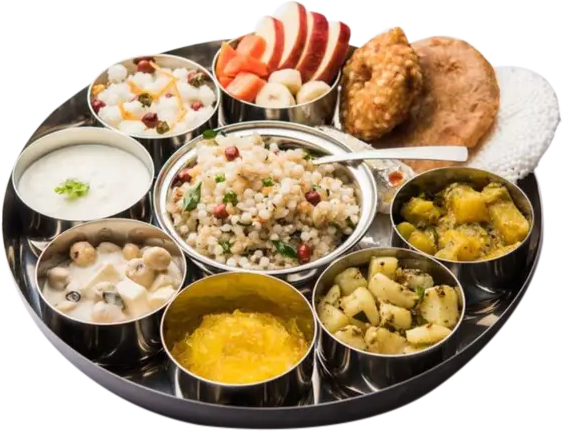
- Sabudana Khichdi: A popular fasting dish made with tapioca pearls, peanuts, and spices.
- Kuttu ki Poori: Buckwheat flour poori served with vrat ke aloo.
- Samak Rice Pulao: A healthy alternative to regular rice, cooked with vegetables and spices.
- Rajgira Paratha: Gluten-free flatbread made from amaranth flour.
- Makhana Kheer: Creamy dessert made with fox nuts and milk.
- Sabudana Vada: Crispy fritters made with tapioca pearls and potatoes.
- Singhare ka Halwa: A sweet treat made from water chestnut flour and ghee.
- Vrat wale Dahi Aloo: Spicy potatoes in yogurt-based gravy.
- Fruit Chaat: A refreshing salad of seasonal fruits, perfect for breaking fast.
Navratri Fashion Guide: What to Wear Each Day Based on Colors
Navratri fashion is vibrant, and each day is associated with a specific color. You can plan your outfits accordingly:
- Lehenga-Choli for Garba: Bright colors like red, orange, and yellow dominate Garba nights. Choose mirror work, embroidery, or traditional Bandhani prints.
- Sarees for Durga Puja: In Bengal, women drape rich silk sarees in red and white, with traditional gold jewelry.
- Kurtas and Anarkalis: For a more modest look, you can opt for kurtas in the color of the day, paired with chunky silver jewelry.
- To enhance your festive look, accessorize with bangles, jhumkas, and bold bindis.
How to Celebrate Navratri at Home: Puja, Family Activities, and DIY Decorations
If you’re celebrating Navratri at home, here are some tips:
- Set Up a Puja Altar: Decorate your Navratri altar with flowers, diyas, and an idol of Goddess Durga. You can perform daily aarti with family members.
- DIY Navratri Decorations: Use marigold flowers, colorful rangoli designs, and handmade torans to brighten up your home.
- Family Activities: Engage in group chanting of Durga mantras, preparing bhog, or creating DIY Dandiya sticks for fun.
The Spiritual Meaning of Navratri: Awakening the Divine Energy
Beyond the rituals and fasting, Navratri is a time for spiritual reflection. The festival signifies the victory of good over evil, reminding us to let go of negativity. During these nine days, devotees engage in Navratri meditation, chanting Durga Saptashati, and focusing on self-purification. The fasting also serves as a physical and mental detox.
Conclusion: Embrace the Joy and Spirit of Navratri 2024
Navratri is a time to immerse yourself in devotion, celebrate the feminine divine energy, and reconnect with spirituality. Whether you are fasting, performing daily Navratri puja, or participating in Garba nights, this festival offers a blend of tradition and joy. Use this guide to make your Navratri 2024 celebrations vibrant, meaningful, and full of spiritual energy.







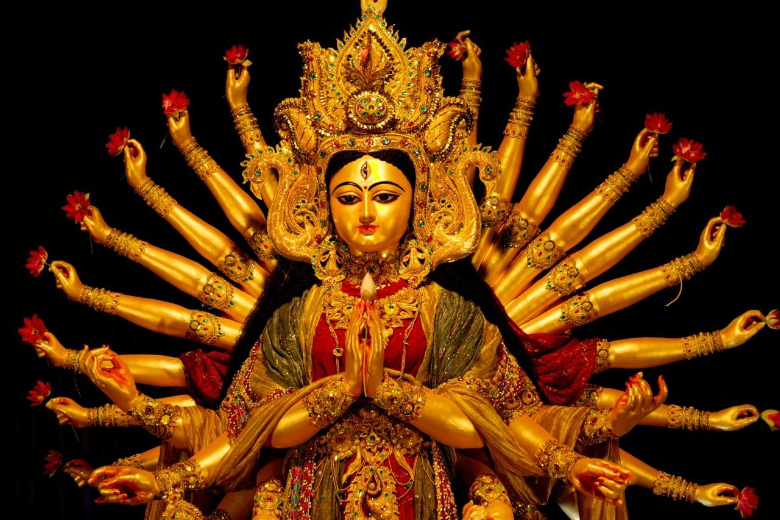




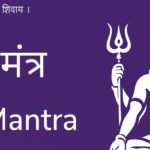
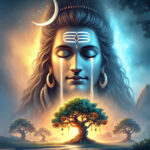
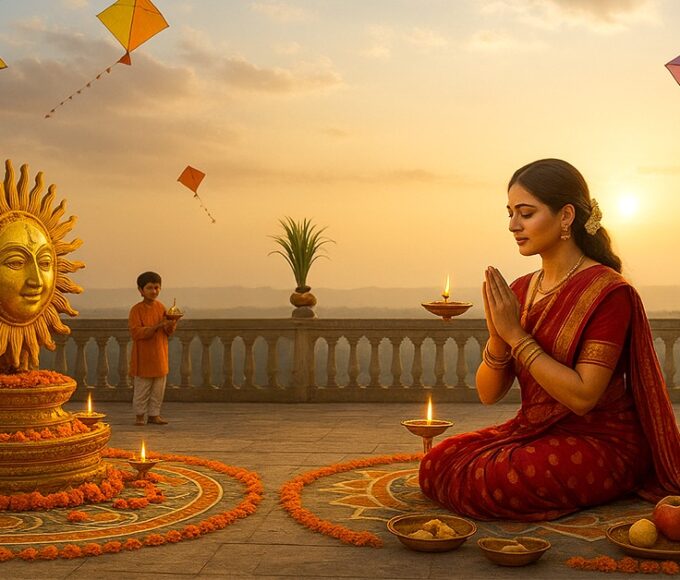
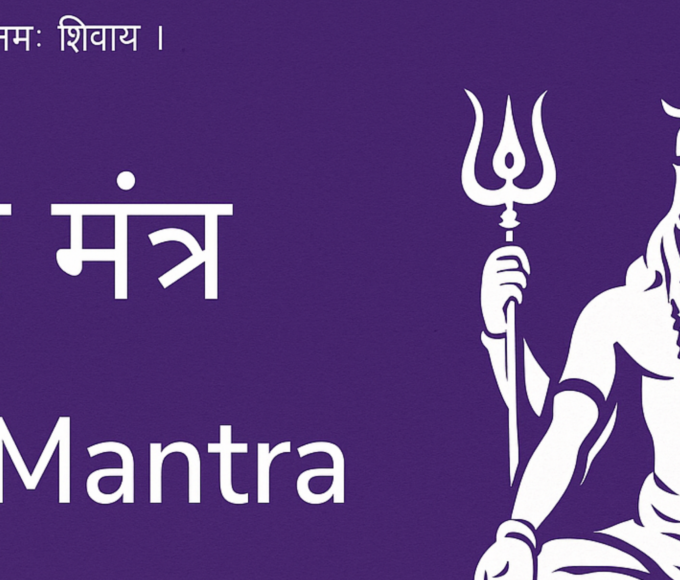
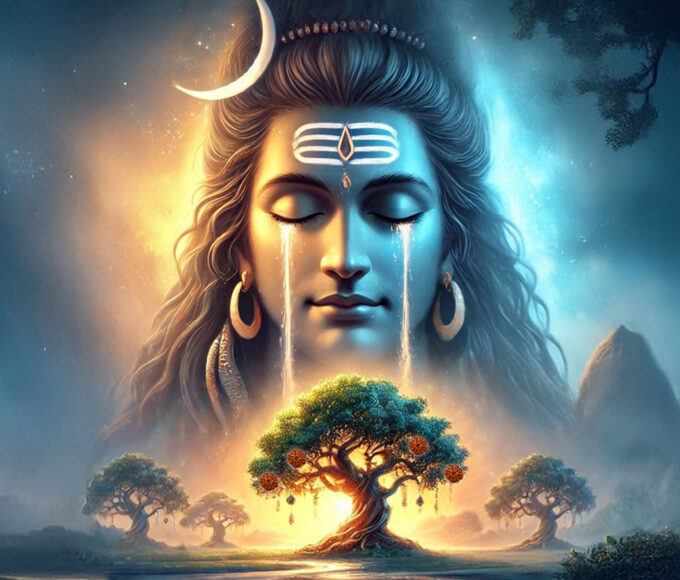
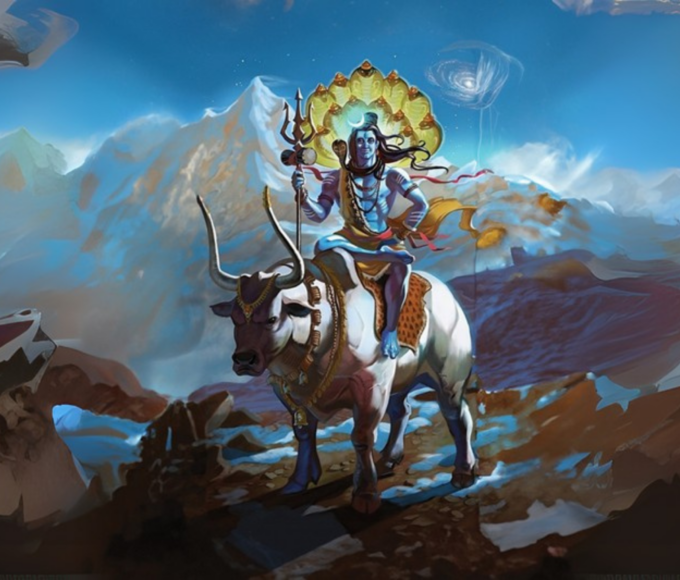
Leave a comment